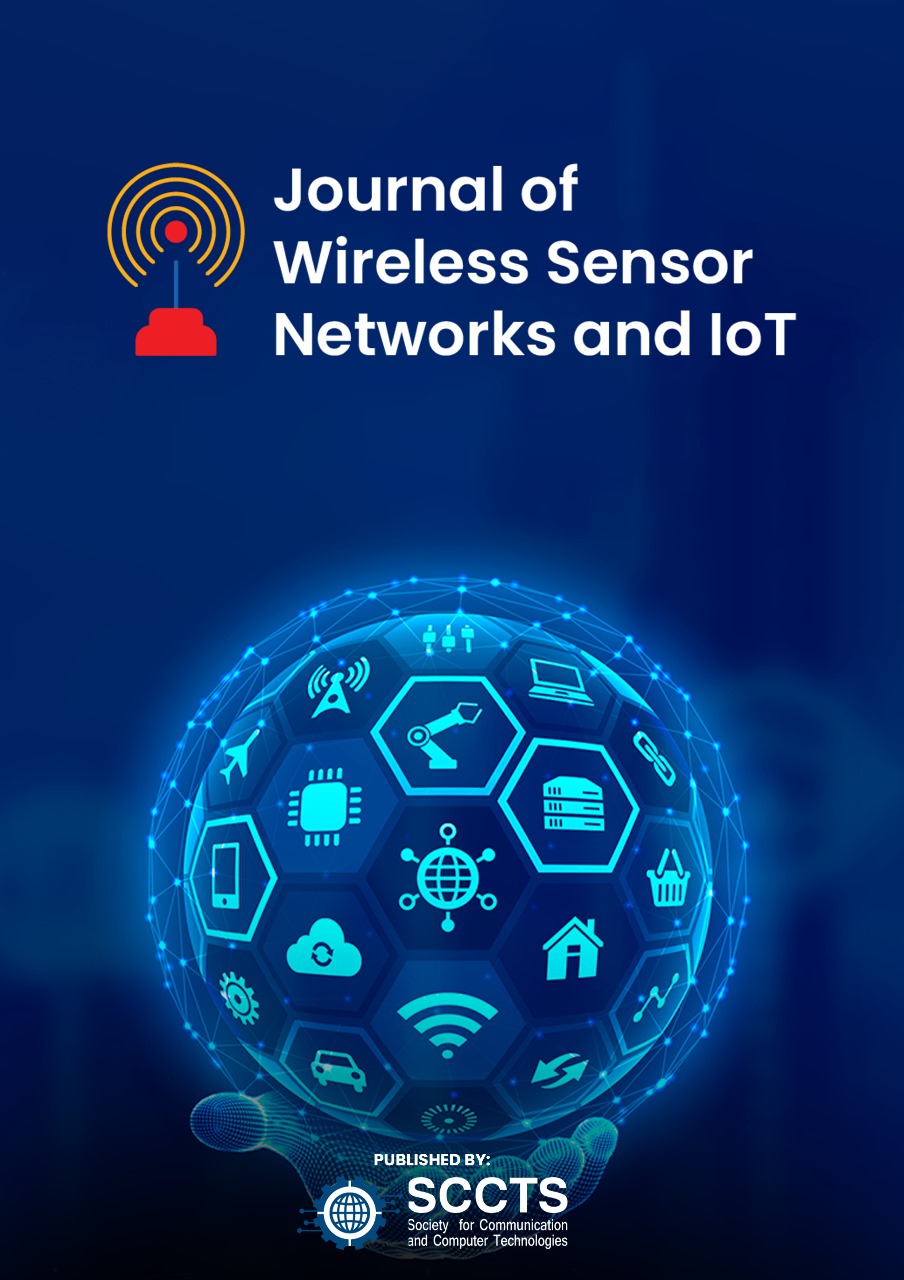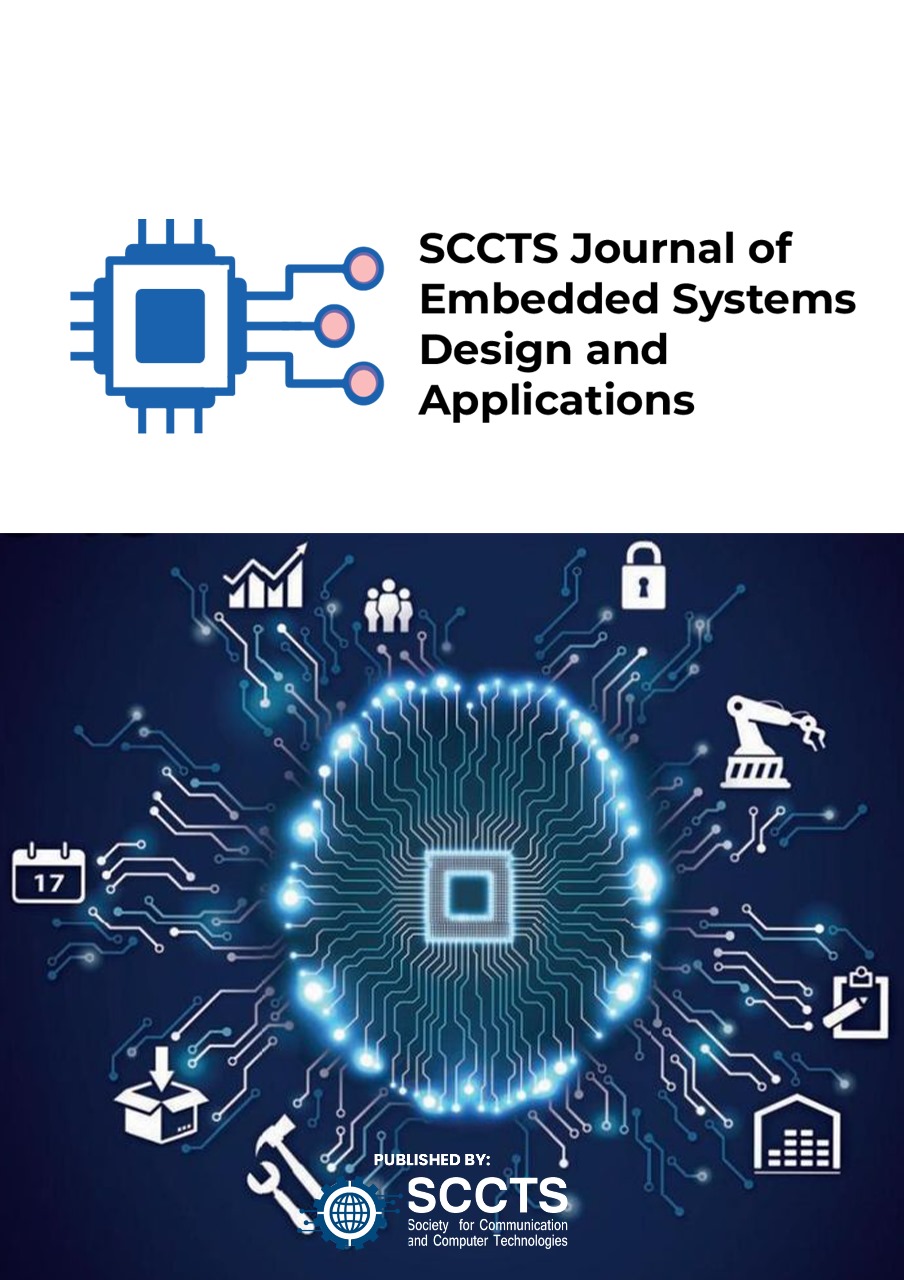Secure and Scalable LPWAN Architectures for Industrial Internet of Things (IIoT)
DOI:
https://doi.org/10.31838/ECE/03.01.10Keywords:
LPWAN, IIoT, LoRaWAN, NB-IoT, Secure Communication, Edge Computing, Key Management, Scalability, Industrial Automation, Lightweight Cryptography, Distributed Architecture, IoT Security, Cloud-Edge IntegrationAbstract
With the blinding pace the process of the Industrial Internet of Things (IIoT) development acquires new and rather unobjectionable definitions, shaping up the traditional industrial systems with assistance through the interconnection of sensors, actuators, and control units into smart, distributed networks. In the middle of this change there is a necessity of energy efficient, long-range and scalable communication technologies that become reliable options in resource constrained and harsh industrial setting. Low-Power Wide-Area Networks (LPWANS) such as LoRaWAN, NB-IoT and Sigfox have become an important facilitator of IIoT because they consume less power, offer longer coverage and require lower deployment costs. Nevertheless, with the IIoT endpoints increase exponentially, the current LPWAN solutions suffer major setbacks in terms of security through device authentication, data confidentiality, scalability, and physical and cybersecurity attack resiliency. We present in this paper a new architecture of LPWAN customized to secure and wide-ranging IIoT integration, which exploits the manipulation of intelligence and security capabilities of a hierarchical edge-cloud paradigm representative of the distribution of those capabilities throughout the network. Lightweight cryptographic elements are used by the architecture such as elliptic curve-based mutual authentication, AES-CCM as payload encryption, and dynamic cryptographic keys exchanged using ECDH to provide data integrity and confidentiality without violating device energy budgets. Moreover, to resolve scalability, adaptive MAC scheduling, gateway clustering, edge-based data filtering is used to process millions of devices in terms of small latency and packet collision. A detailed simulation with NS-3 is made to compare the proposed architecture with the existing structures in terms of main performance indicators such as the packet delivery ratio, latency, energy consumption, and protection against eavesdropping and replay attacks, node spoofing, etc. Evidence suggests that the proposed framework delivers successful rates (>96%), has low latency (<1 second) and strong security postures, and thus is well suited to industrial use cases like predictive maintenance, smart grid and factory automation. Through a comprehensive approach to the issues of security and scalability, the piece of work presents an exemplary basis upon which to implement credible LPWAN infrastructures in the dynamically growing IIoT environment.Published
2025-10-16
Issue
Section
Articles
How to Cite
Robert G. Luedke, & Moti Ranjan Tandi. (2025). Secure and Scalable LPWAN Architectures for Industrial Internet of Things (IIoT). Progress in Electronics and Communication Engineering, 3(1), 65-72. https://doi.org/10.31838/ECE/03.01.10

















